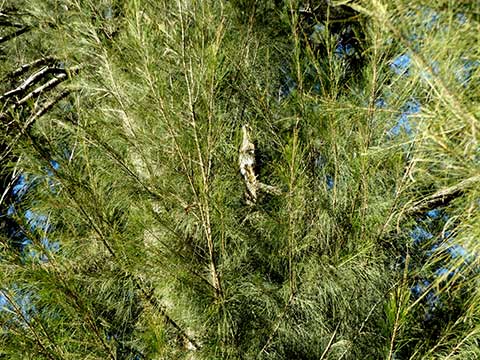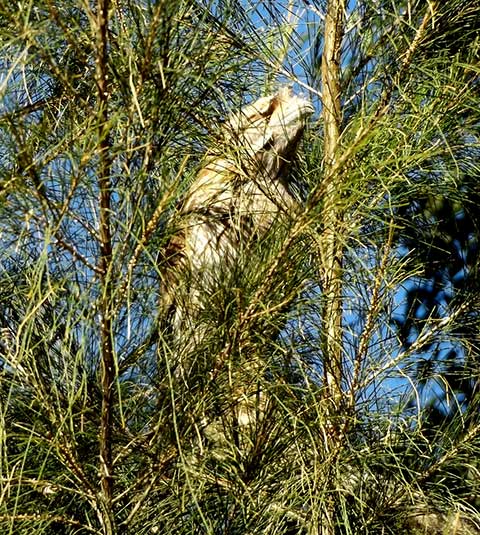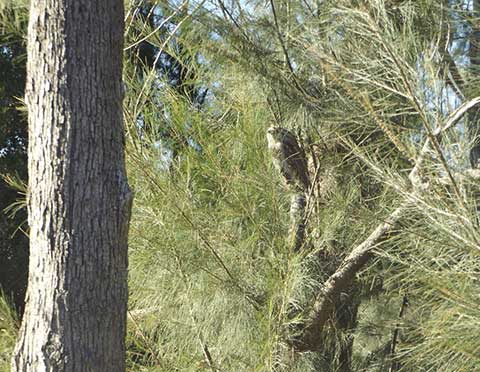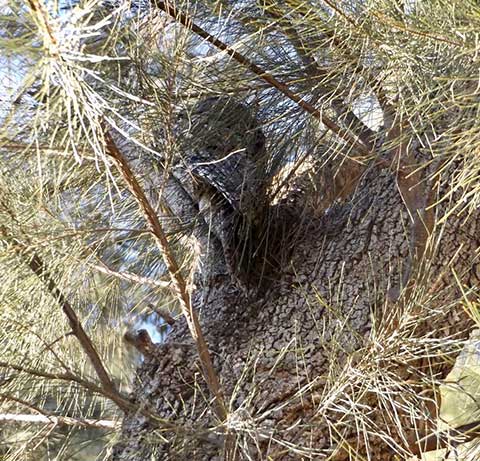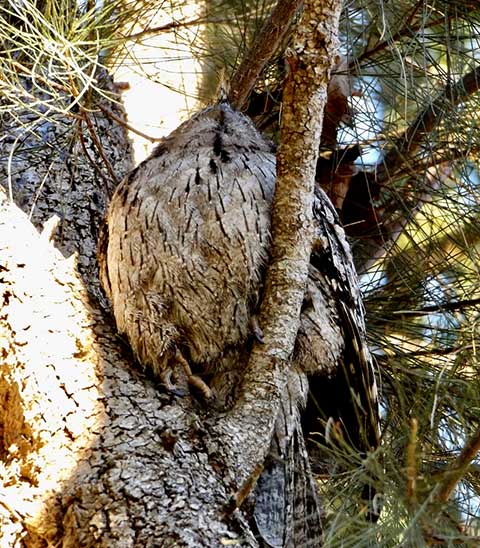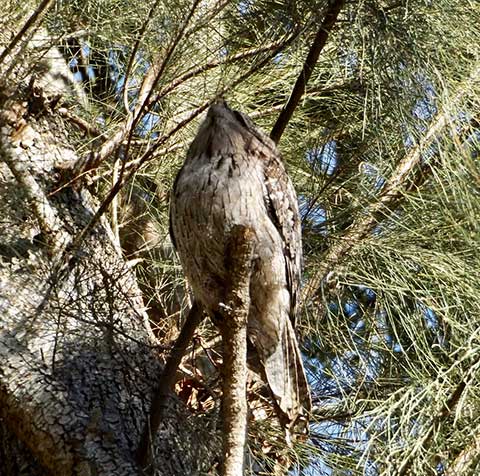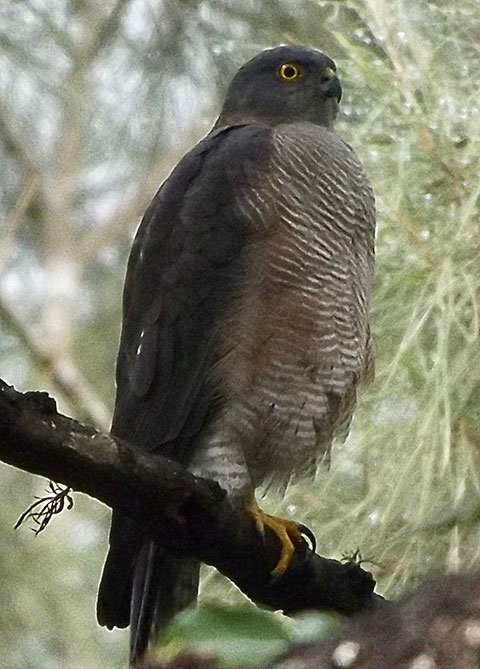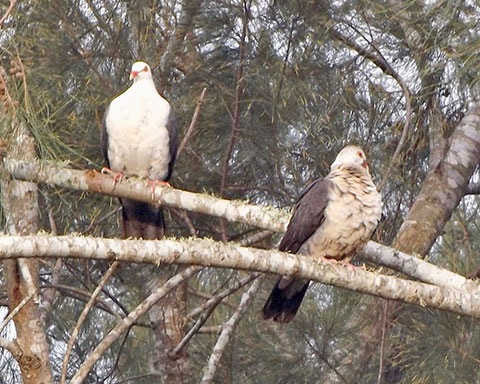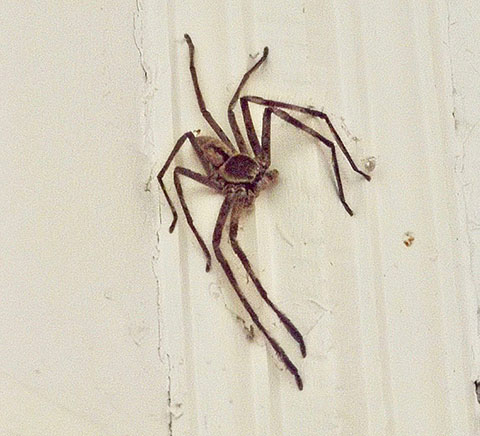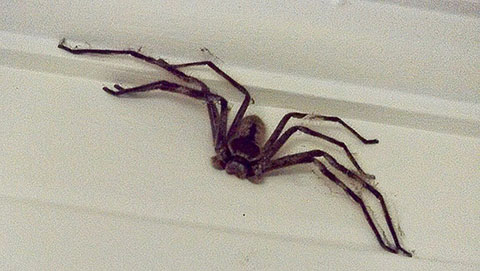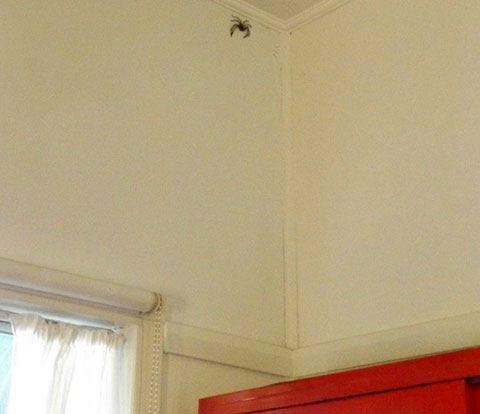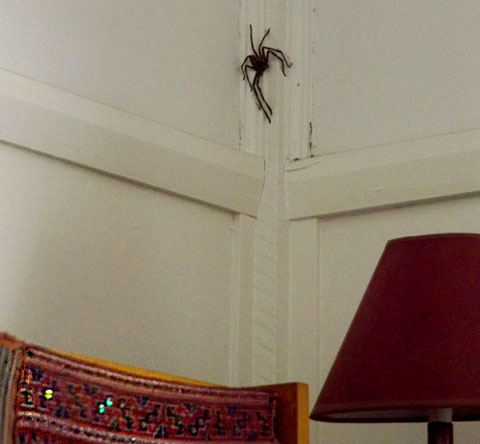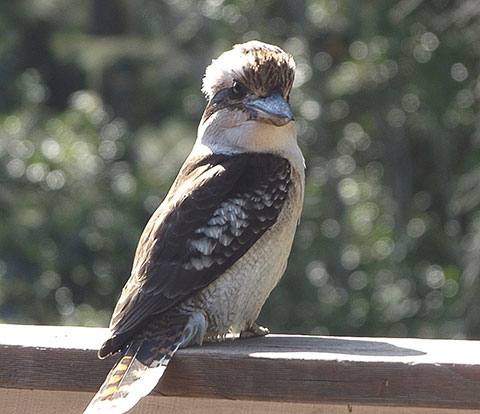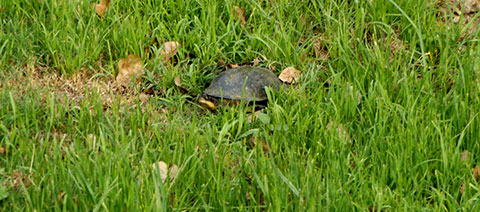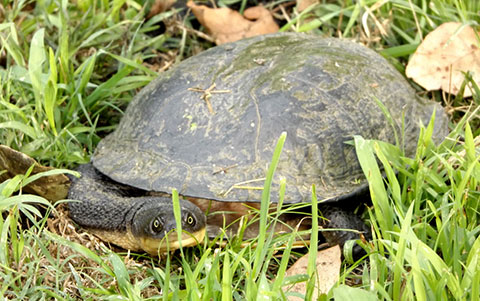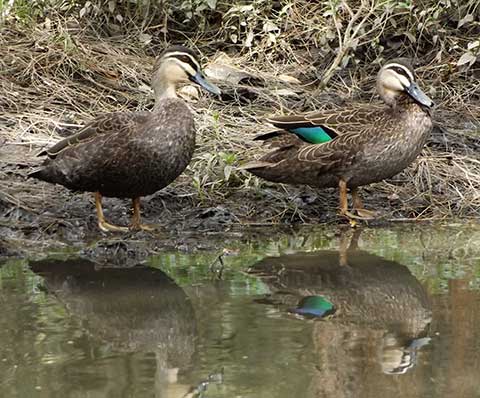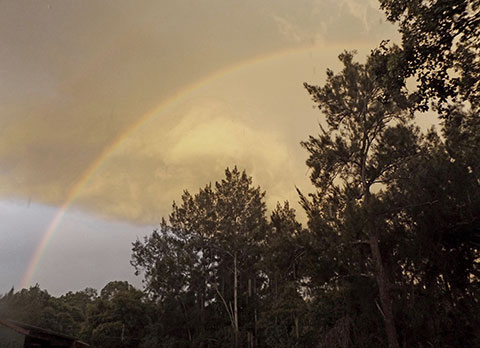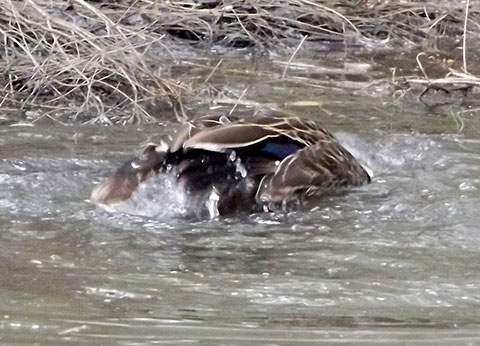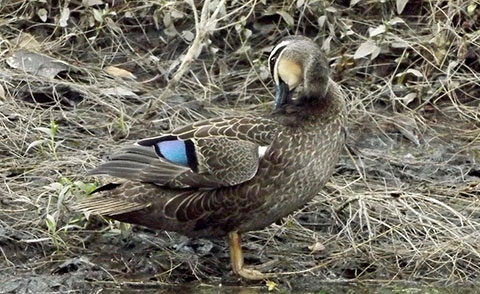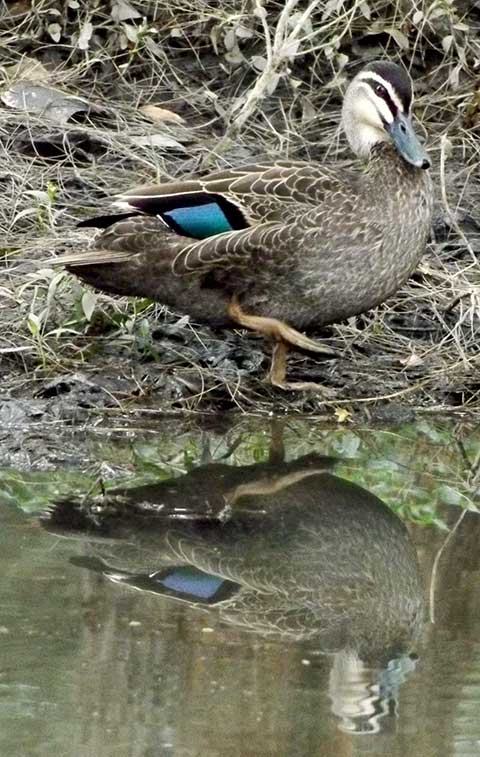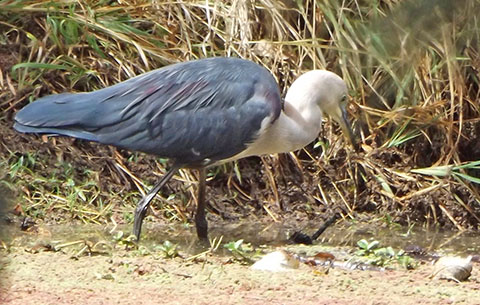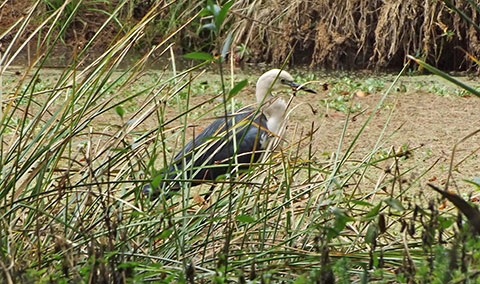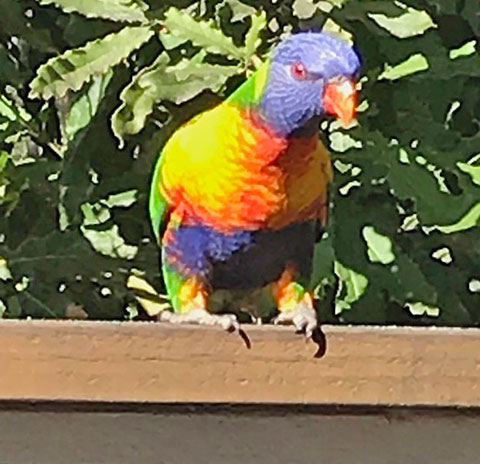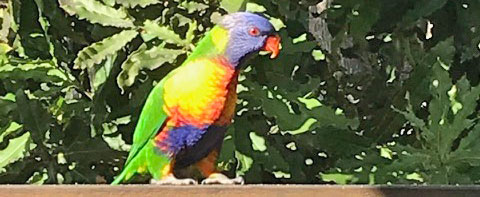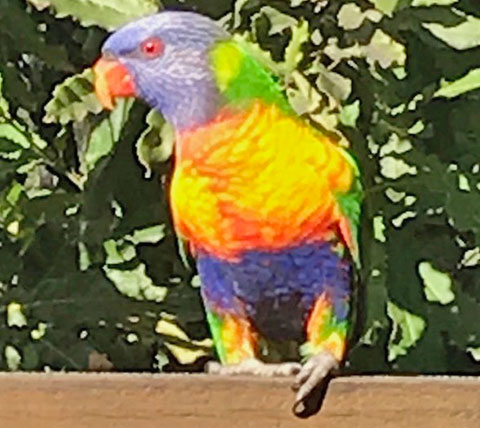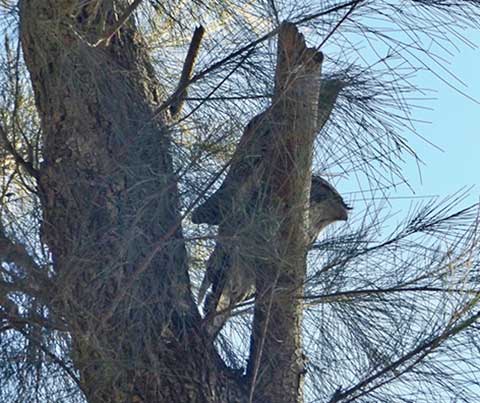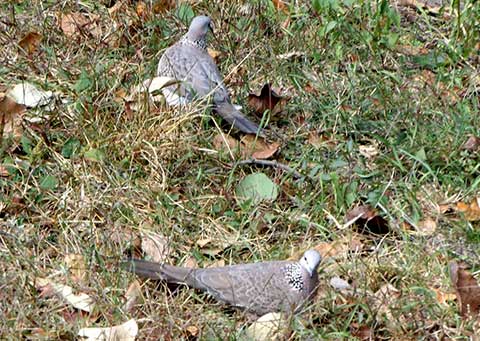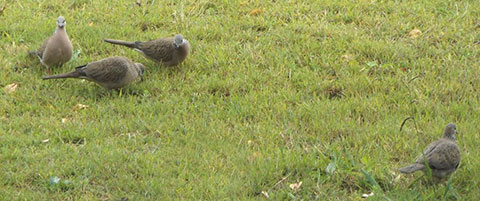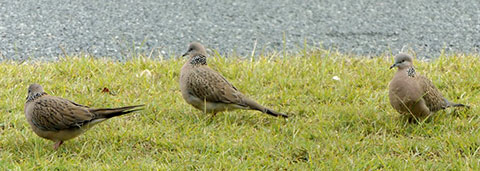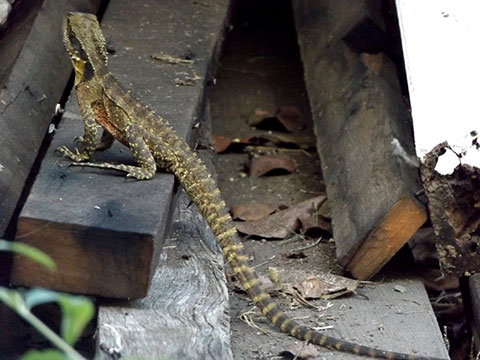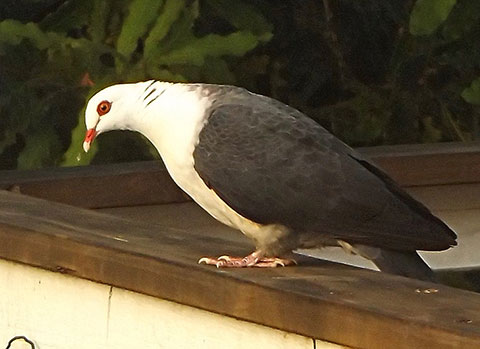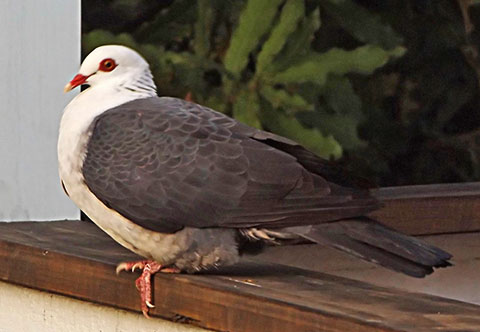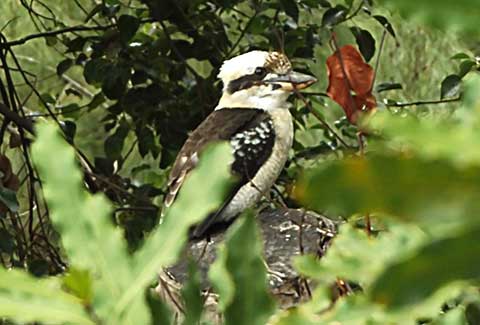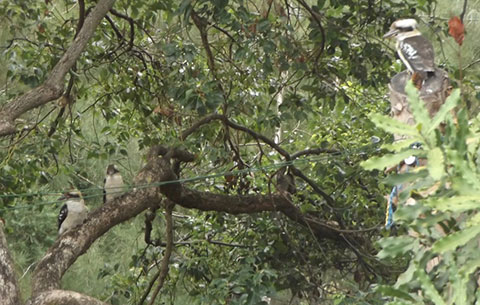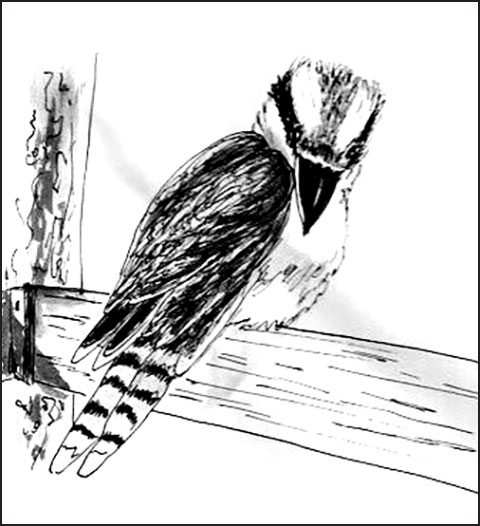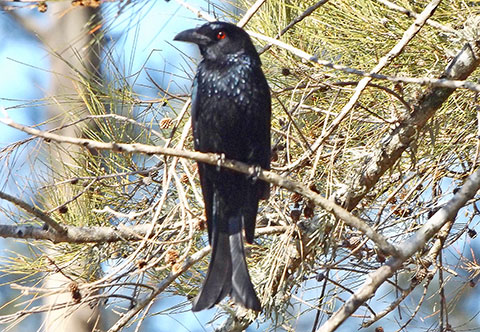
Alerted to look up from my desk by whirling aerial activity outside, I saw about six Welcome Swallows flying round and round the back yard airspace. It looked as frenetic as when the young first fly, but I haven’t noticed any nests on my verandahs or eaves.
There seemed to be other birds in the mix.
When some peeled off to perch, I spotted a Willy Wagtail, who typically did not stop still long enough to be more than a blur.
Then I gasped at this unmistakable fishtail shape.
A Spangled Drongo!
I know; in Australia it sounds like a joke…

I have only seen this bird twice before. It is the only Australian species of drongo, and it is most handsome, with its iridescent feathers, blueish spangle, and bright red eyes.
Today there were two, so I hope they will nest nearby.
Like swallows, they can catch insects on the wing.
However, my bird book says they are migratory, ‘arriving in October and leaving in March’. We are still in August. Like the fire season, is August the new October?
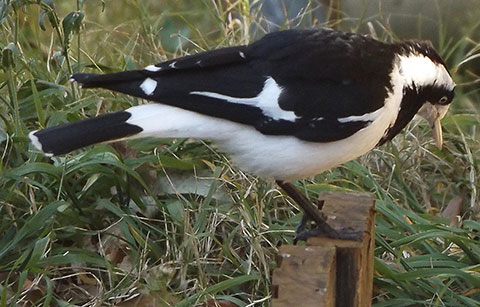
One of the other dapper black-feathered birds in the yard at the same time was an Australian Magpie-Lark, female I think.
I have usually called them Pee-Wees (after their call) and berated them for attacking my windows, but now I have hung feathers in corks outside, they do not bother with those reflected birds.
As they mostly catch their insects on the ground, they were not competing with the flying food frenzy above. So they are back ready to nest too; theirs is of mud, and has been in the Jacaranda tree in the past. Hmm; but will they find some mud in this drought?
I will keep an eye out for all nesting activity.
